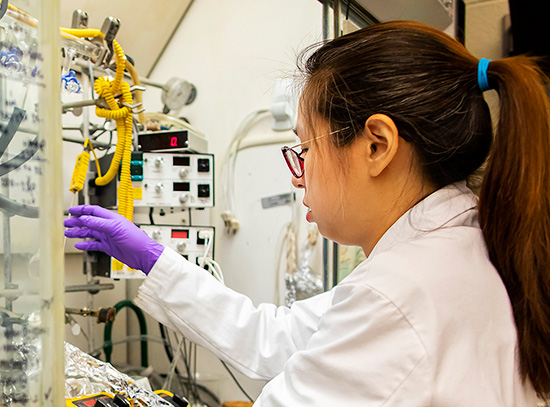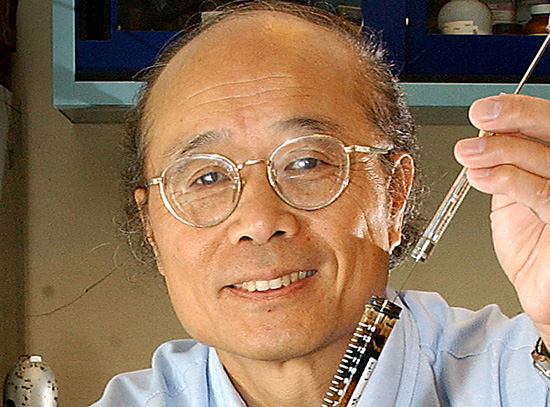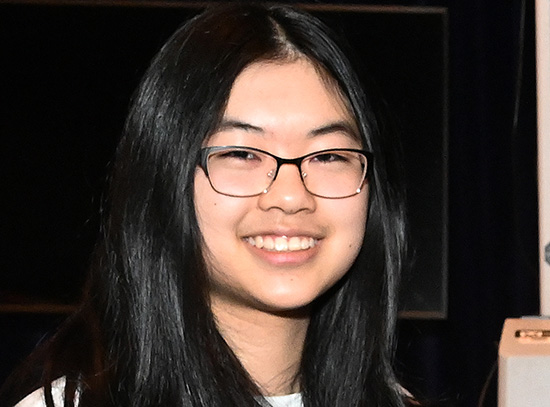Cell Phone Service Now Available at NSLS-II
November 9, 2012
Much-needed mobile phone service is now available throughout the ring building and the laboratory-office buildings (LOBs) at the National Synchrotron Light Source II (NSLS-II). Sprint, one of the primary cell-phone providers for Brookhaven National Laboratory, installed a repeater antenna system free of charge and it is now operational.
Service does not yet extend into the storage ring tunnel or the linac and booster tunnels, though “we are evaluating a means of providing signal to those areas as well,” said Marty Fallier, Director of the Facilities Division for the Photon Sciences Directorate.
The double metal wall exterior structure of the building is very effective at keeping cell signals out, so in order to bring service into the building, an external antenna had to be mounted on the building exterior. Then the signal is brought inside via cable and distributed to a network of repeater antennae throughout the facility.
Fallier said the project involved installation of thousands of feet of signal and power wiring and some 35 repeater transmitters. But it was certainly worth the ease of communication and increased safety that mobile phone service offers.
“People have become more and more reliant on the use of cell phones for coordinating work activities and have been migrating away from walkie-talkies,” said Fallier. Handheld radios and walkie-talkies require line-of-sight reception, and because of the consistent curve of the building, they can be difficult to use at NSLS-II.
“Additionally, the data capability of phones enables them to be used for more and more applications in the installation, operation and maintenance activities, so their use will increase,” he said.
For now, the cell signal in the facility is only applicable to Sprint and Nextel customers. Fallier said there is a possibility that this service could be extended to Verizon users, but that would require negotiation between Sprint and Verizon. He added, “We are encouraging the two companies to reach an agreement so that Verizon phones can be used in the future.”
The Sprint system provides push-to-talk capability, which can come in handy for the real-time multi-person conversations often needed during start-up operations.
“Push-to-talk requires a special phone, and staff involved in commissioning and future operations should consider getting phones with this capability as they renew their cell phone contracts,” Fallier said.
2012-3474 | INT/EXT | Newsroom









